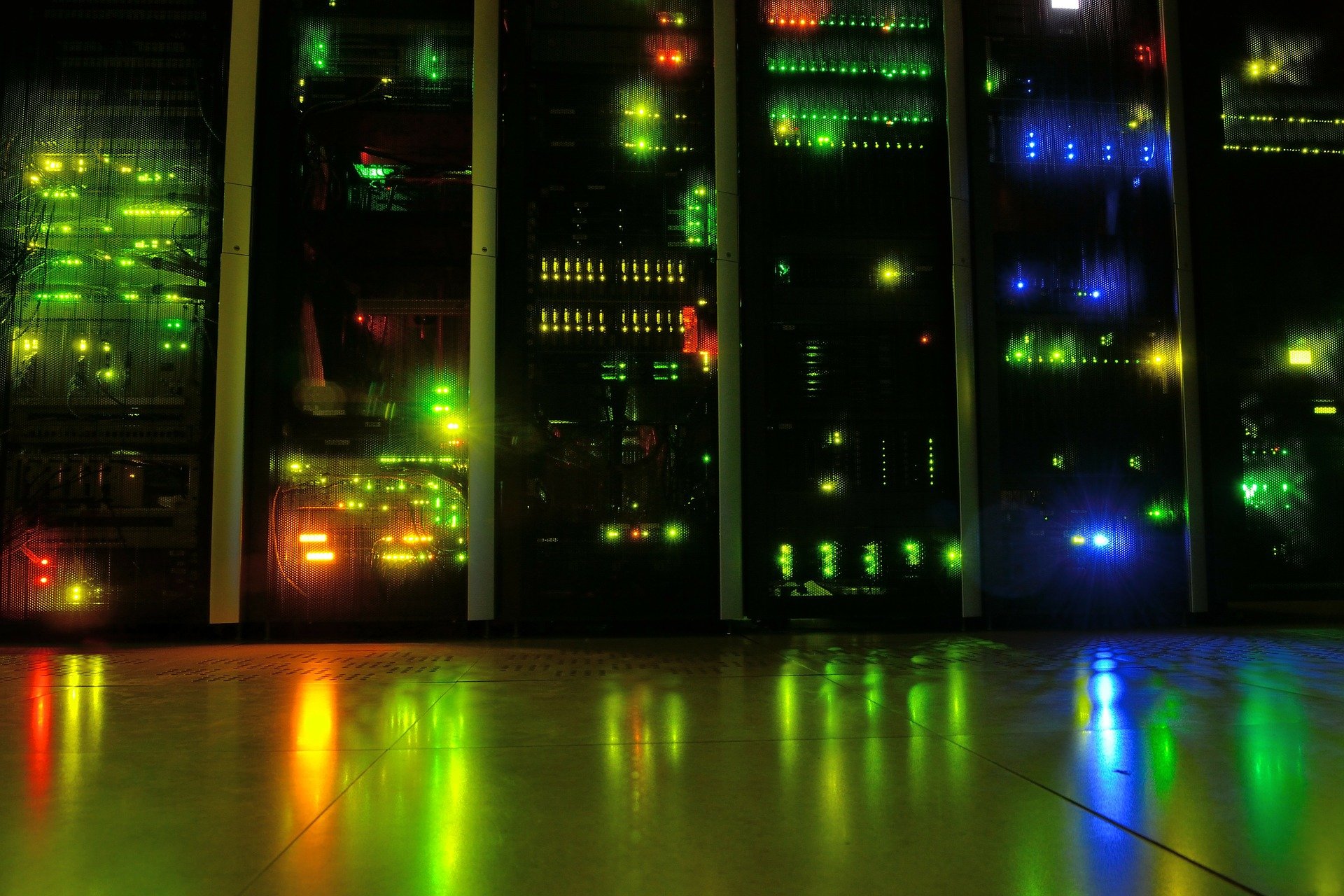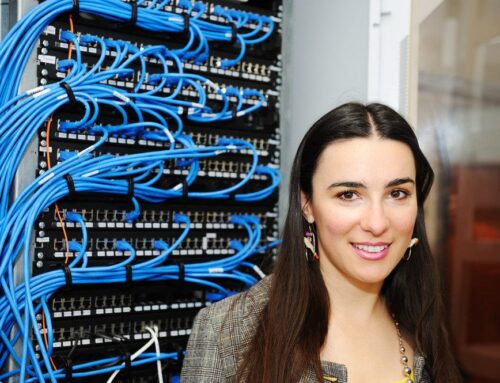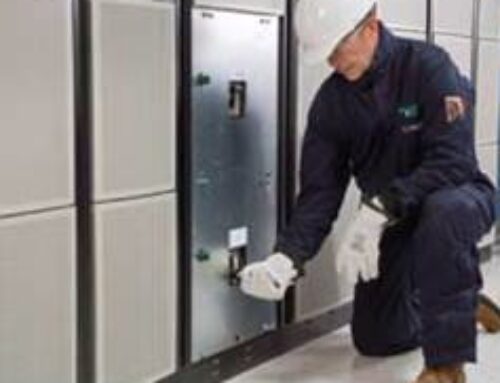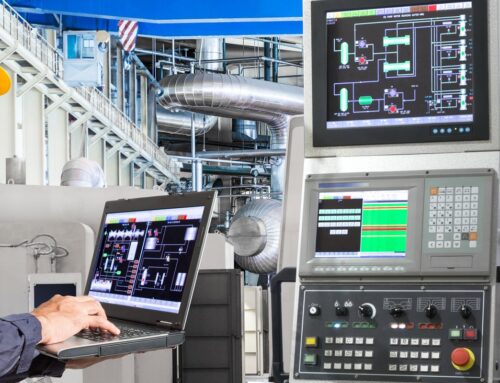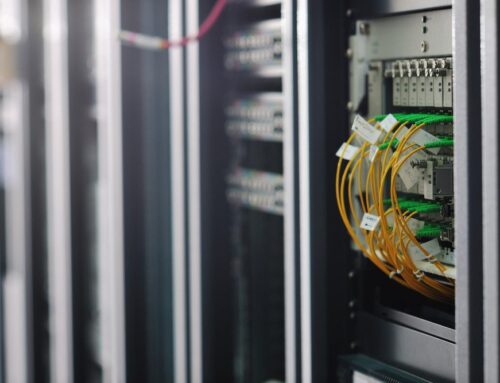A server room is an area set aside within a business that is devoted to storing data storage servers and computer networking devices. Depending on the size of the room and a business’s needs, it may hold anywhere from ten to several hundred servers.
Organization is Key
A server room serves as a business’s hub for operations and IT infrastructure. Displays and input devices, such as monitors, mice, or keyboards aren’t used within a server room. The servers and equipment within a server rooms are usually remotely-operated with remote administration software or KVM switches. Because a server room usually contains numerous servers, this equipment is normally housed in racks to keep them secure and organized.
Considerations for a Server Room
When designing and building a server room, there are several factors to consider:
- It’s critical that a server room has a continuous source of power. The power to this room comes from a dedicated source. If a power outage occurs, a backup power source is needed to either keep servers running or to allow enough time for a safe shutdown.
- The climate within the room needs to be strictly maintained to control moisture and heat. Computer equipment generates an intense amount of heat, so a server room requires constant cooling to prevent the equipment from overheating or causing a fire.
- Server rooms typically use chemical-based fire suppression systems. Instead of using water sprinklers that can damage electronic equipment, the chemical, such as Halon extinguish fires by reducing the oxygen level in the room below 16 percent, which cannot sustain combustion.
- Maintaining physical security for a server room is crucial. Because business-critical and/or confidential data is stored on servers, server rooms are usually kept locked with access allowed to certain individuals only.
Is your data protected from the Phoenix heat? LDP Associates offers cooling solutions and more for server rooms. Contact us today.

